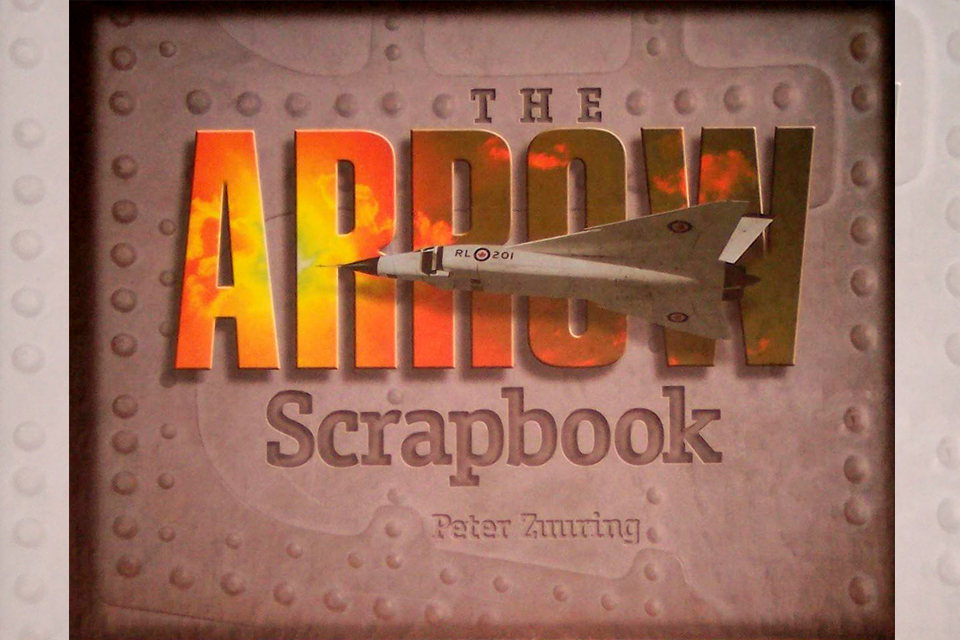The Arrow Scrapbook: Rebuilding a Dream and a Nation, by Peter Zuuring, Arrow Alliance Press, Dalkeith, Ontario, Canada, 1999, $50 Canadian.
Throughout its short history the Royal Canadian Air Force has relied almost exclusively on foreign-designed and license-built aircraft. In the late 1950s it seemed that trend might be changing, with the all-weather CF-100 Canuck fighter and the supersonic CF-105 Arrow fighter-interceptor. But while the Canuck went into production and saw operational use, the Arrow was stillborn. The sleek, delta-winged fighter was intended as a defense against the Soviet nuclear bomber threat against North America throughout the 1960s. Instead, on a cold, dreary day in February 1959–known in the Canadian aviation community as “Black Friday”–the project was canceled, the workers were laid off, and all prototypes and related materials were ordered destroyed.
Forty years later, myth and mystery still surround this airplane. Was its destruction due to American interference, mammoth cost overruns or just plain incompetence of all involved? While there will likely never be a definitive answer, Peter Zuuring, in The Arrow Scrapbook, suggests that whatever the reason, it’s now time to look to the future. To that end he has formed the Arrow Alliance, an organization dedicated to the goal of flying a full-scale replica of the supersonic jet by the year 2009.
As the title suggests, The Arrow Scrapbook is just that, a collection of all manner of bits and pieces of Arrow-related photographs, documents and diagrams. Many interesting photographs provide details of the production floor of the A.V. Roe plant in Malton, where the first prototypes were built. And in addition to the illustrations, interviews with former test pilots, engineers and shop floor workers provide fascinating insights into the short-lived fighter. An evening with this book will certainly give readers a new perspective on the Arrow, its complexity and the state of Canadian high technology in the 1950s.
While the whole volume is colorful and interesting to look at, the layout makes reading difficult over an extended length of time. Most pictures are presented at an angle, no doubt to reinforce the scrapbook presentation. More annoying, however, is the inclusion of myriad photocopied original documents, shrunk to fit. While their content reveals much about the debate surrounding the Arrow, the small, blurred print is difficult to decipher.
Nonetheless, in spite of its quirks, The Arrow Scrapbook lives up to the standards of all good visual-presentation books–few words and lots of pictures on a truly interesting subject.
Christopher Evans





